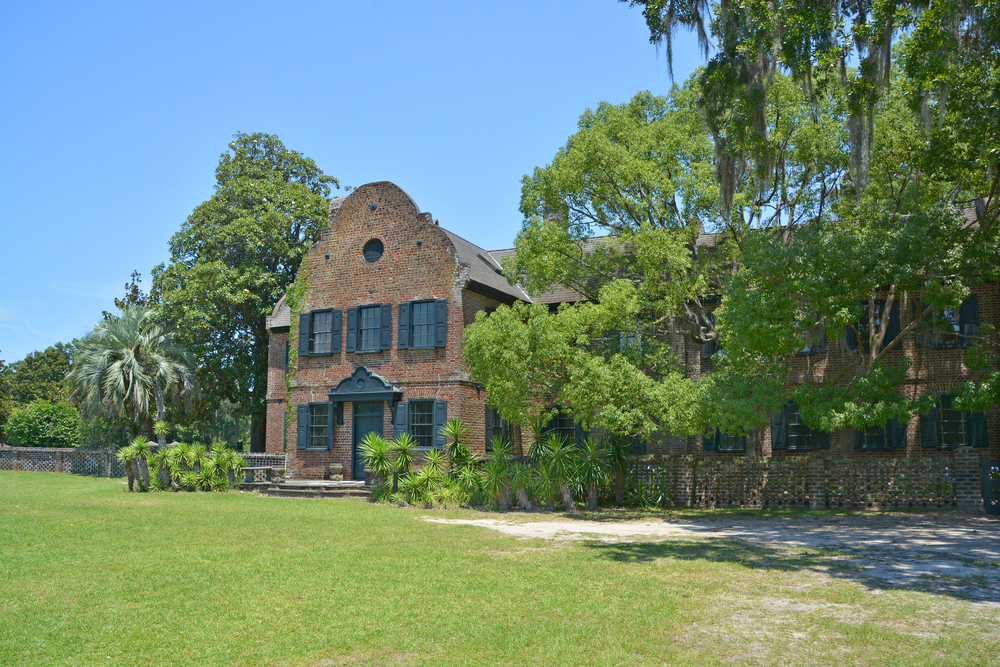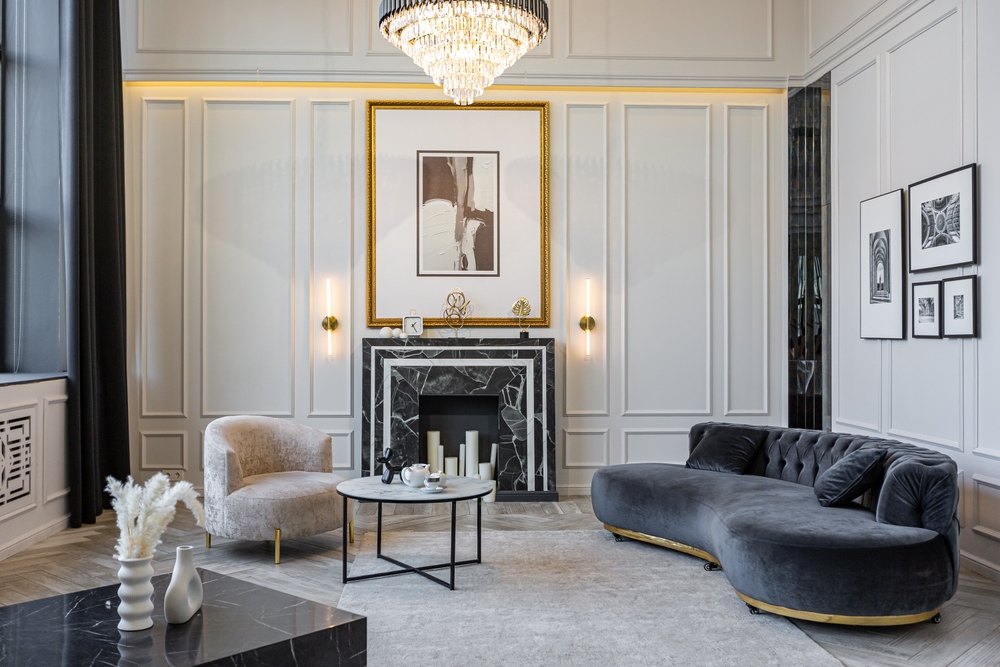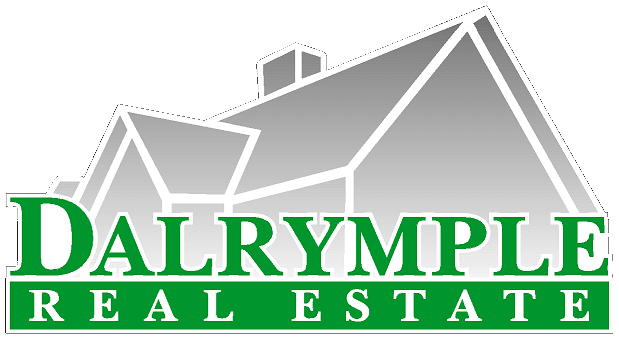When it comes to owning a piece of history, there's something uniquely captivating about Southern historic homes. These homes tell stories of bygone eras through their architectural features, historical significance, and distinctive charm. However, alongside the allure of these properties comes the responsibility of maintaining and restoring them to preserve their authenticity. In this blog, we'll explore the enchanting aspects of Southern historic homes, the features that make them special, and the best practices for preserving their charm while incorporating modern conveniences.
The Allure of Southern Historic Homes
Antique doors creak open to unveil wooden floors seasoned by time, intricate moldings, and high ceilings that have witnessed generations. The allure of Southern historic homes lies in their ability to transport homeowners to a different era. Each home is a living museum, echoing the architectural trends and craftsmanship of its time.
Architectural Features That Stand Out
Historic Southern homes often exude an eclectic mix of architectural styles, from the Greek Revival’s grandiose columns to the charming asymmetry of Victorian houses. The following features commonly found in these homes make them stand out:
Wraparound Porches: Essential for enjoying warm Southern evenings, these porches offer charm and functionality.
Intricate Millwork: Decorative moldings and trim add elegance and character.
High Ceilings and Large Windows: These features enhance natural light and ventilation, essential for the Southern climate.
Hardwood Floors: Often original, these floors showcase durability and rich history.
Fireplaces: Many rooms feature ornate fireplaces, acting as focal points and historical artifacts.
The Historical Significance of Southern Homes
Southern historic homes serve as tangible links to the past, each property contributing to a larger historical narrative. These homes have witnessed significant cultural evolution and events, providing a deep connection to regional heritage.
Stories Etched in Brick and Wood
Owning a Southern historic home means becoming a steward of history. These properties often come with fascinating backstories—be they antebellum mansions, plantation homes, or historic urban properties. Not only do they enrich the homeowner's understanding of the past, but they also offer unique selling points for realtors, attracting clients who value history and craftsmanship.
Challenges of Restoring and Maintaining Historic Homes
With great beauty comes great responsibility. Owning a historic home entails a plethora of challenges and requires commitment to restoration and maintenance.
Understanding Preservation Rules and Regulations
Before embarking on restoration, it’s essential to understand the regulations governing historic homes. Many of these properties are protected under laws that regulate alterations to ensure historical integrity. Consulting with local historic preservation boards can offer guidance and prevent potential legal issues.
Battling Modern Issues in Antique Structures
Historic homes often demand extensive repairs and updates to meet modern living standards, from plumbing and electrical work to insulation and foundational repairs. Common challenges include:
Structural Issues: Settling foundations and outdated construction methods may pose challenges requiring professional intervention.
Outdated Electrical Systems: Many historic homes have outdated wiring that needs updating for safety reasons.
Energy Efficiency: Older homes were not built with energy efficiency in mind, so owners might need to invest in better insulation and modern heating/cooling systems.
Tips for Preserving Authenticity While Adding Modern Conveniences
Transforming a historic home into a comfortable, modern living space without stripping it of its authenticity requires a delicate balance.
Research and Plan Thoughtfully
Before making any changes, research the home's history and architectural style. Understanding the original design intent can guide your decisions, ensuring any updates are sympathetic to the home's character.
Choose Reversible Modifications
When possible, make reversible modifications. This approach allows future owners to restore the home to its original condition should they choose to. For example, you could install modern lighting fixtures that mimic the period style but avoid permanently altering original features.
Use Authentic Materials
Whenever possible, use materials that match the original construction. Reclaimed wood, period-appropriate fixtures, and historically accurate paint colors help maintain the home's authenticity.
Blend Old with New
Integrate modern conveniences subtly. For instance, while updating the kitchen or bathroom, choose appliances and fixtures that complement the historical style. This blending can be done by selecting period-appropriate designs for modern amenities like stoves, fridges, and sinks.
Southern historic homes are not just places to live—they're treasures of architectural grandeur and historical significance. Owning, maintaining, and restoring these properties comes with its unique set of challenges, but the rewards are manifold. From the intricate architectural details to the captivating history encapsulated within their walls, these homes offer a unique living experience steeped in cultural richness.
If you're enchanted by the charm and want to explore owning a Southern historic home, let Dalrymple Real Estate guide you through the journey. With expertise in luxury properties and a passion for preserving history, Dalrymple Real Estate can help you find a home that's perfect for you. Ready to own a piece of history?


